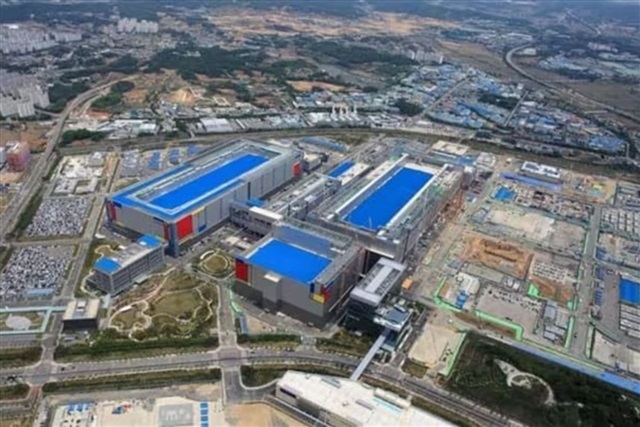Texas Instruments and Delta Electronics are to collaborate on the development of on-board chargers and other electric vehicle power electronics.
As part of this, they have set up a joint laboratory in Pingzhen, Taiwan.
“Having been in Taiwan for 55 years, coupled with decades of experience in automotive power management, TI has built a strong connection with the local automotive industry,” said TI’s president of Taiwan, Japan, Korea and South Asia. “Establishing this collaboration with Delta is just one more way TI is driving vehicle electrification forward.”
“Delta has been developing automotive power products since 2008,” said Delta head of electric vehicle (EV) business James Tang. “Through the establishment of this joint laboratory with TI, Delta intends to leverage TI’s experience and technology in digital control and GaN to enhance the power density and performance of our EV power systems.”
Three collaboration phases are planned:
Development of a 11kW on-board charger, using TI’s C2000 MCUs and its active EMI (electromagnetic interference) filtering ICs. Up to 95% power conversion efficiency is one of the product targets.
Achieve ASIL D (automotive safety integrity level D) readiness using C2000 MCUs. “Highly integrated automotive isolated gate drivers will further enhance the power density of onboard chargers,” added TI.
Develop automotive power products using TI GaN components.
Photo: Left to right: James Tang, Delta Electronics, Amichai Ron, Texas Instruments
Stay up to date with the latest in industry offers by subscribing us. Our newsletter is your key to receiving expert tips.

Samsung Electronics is transforming its Pyeongtaek Campus Line 4 (P4) in South Korea into a manufacturing base focusing on HBM4 production. Analysts indicate that Samsung is increasing the proportion

Samsung scores another major foundry victory, expanding its roster of high-profile clients on advanced nodes. After Tesla selected the company in July to produce its AI6 processor under a $16.5 billio

Texas Instruments, a leading analog IC maker, has released its Q3 2025 results, with its cautious Q4 outlook sparking concerns over the broader semiconductor market. According to Reuters, the company